The usual shower and tub materials, such as porcelain, ceramic, stone, fiberglass, and glass, adhere well to caulk consisting of pure silicone or siliconized latex/acrylic (i.e., latex or acrylic caulk with additional silicone).
To do so, you need to find the proper adhesive for the wall tiles of the bathroom and other wet places. For caulk work that will last longer and not later come into touch with paint, choose pure silicone.
It lasts longer, doesn’t frequently crack with thermal expansion (when a shower or tub’s material expands or shrinks in response to temperature changes), and is more flexible and watertight (40 or more years). However, it does not accept paint well and costs around 10% more than the substitute.
On the other hand, pure sticky silicone may be a real nuisance if you make a mistake during your application. Siliconized latex/acrylic caulk, on the other hand, is simpler to apply and fix. However, it is less resistant to moisture and more likely to crack due to thermal expansion, making a caulk work less long-lasting (30 to 40 years).
- Packing Alternatives
Small squeeze tubes for small tasks and big cylindrical cartridges for larger projects are the two common packaging options for caulk.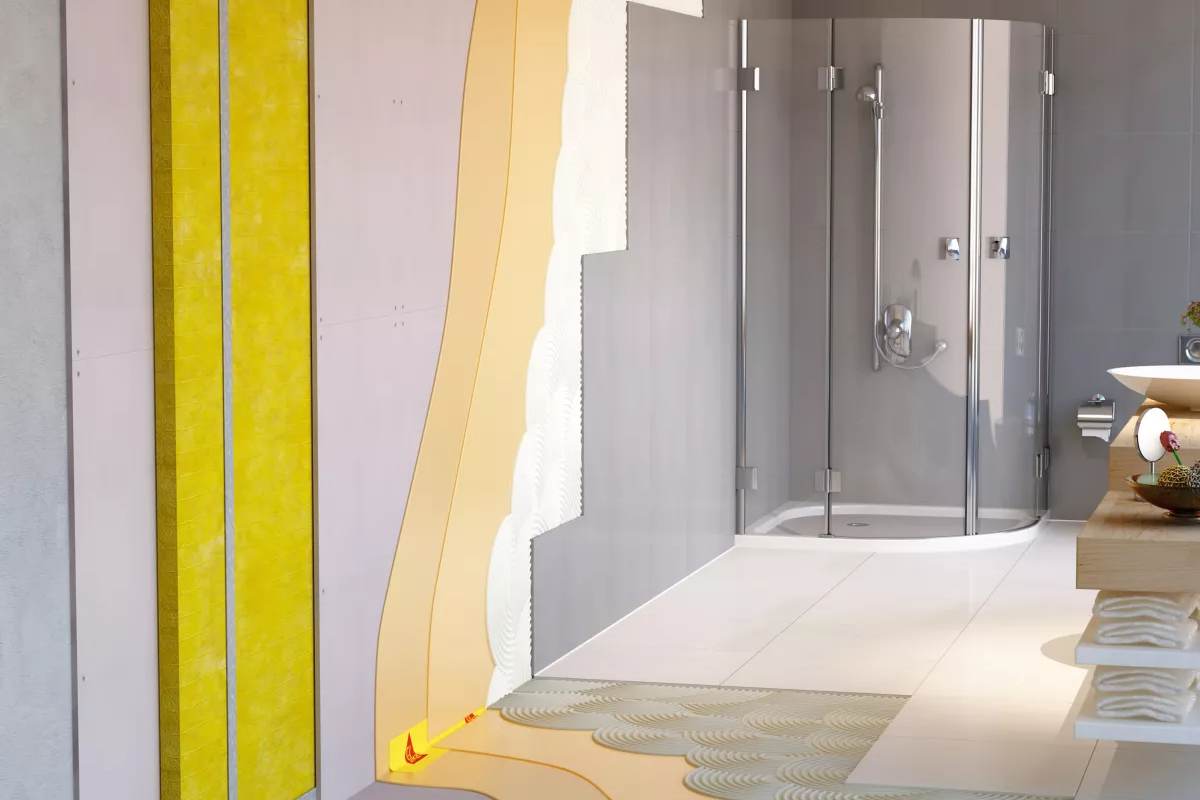
Since they contain more caulk by volume and allow for more exact application, cartridges are typically best for big caulking operations, such as sealing the perimeter of a tub. However, they need to be put into a caulking gun and released by pulling the trigger.
Squeeze tubes work well for small-scale tasks, like patching a fracture in the shower floor. The caulk is readily applied by hand with just a squeeze of the tube, but because there is less of it overall, the coverage area is narrower.
- Keeping Mildew and Mold at Bay
To reduce the growth of stain-causing mold or mildew on the caulk, the majority of pure silicone and siliconized latex/acrylic caulks are prepared with mildewcides and fungicides (chemicals that destroy mildew or fungus, respectively).
Check the label for the words “for bath,” “mildew-proof,” or “mold-proof,” as well as the number of years the caulk may be expected to withstand mildew and mold, in order to complete a rot-proof caulk work.
- Color Options
There are numerous colors available for both siliconized latex and pure silicone caulk, including clear, white, cream, and brown. You have even more color choices if you paint over caulks that are marked as “paintable.”
Clear caulk is the most versatile option because it may be used in showers and tubs of any color, from light to dark. White caulk is a great option if you’re working with a white tub or shower or if you’re installing darker fixtures and don’t mind the stark contrast. White caulk matches nicely with most shower and tub colors.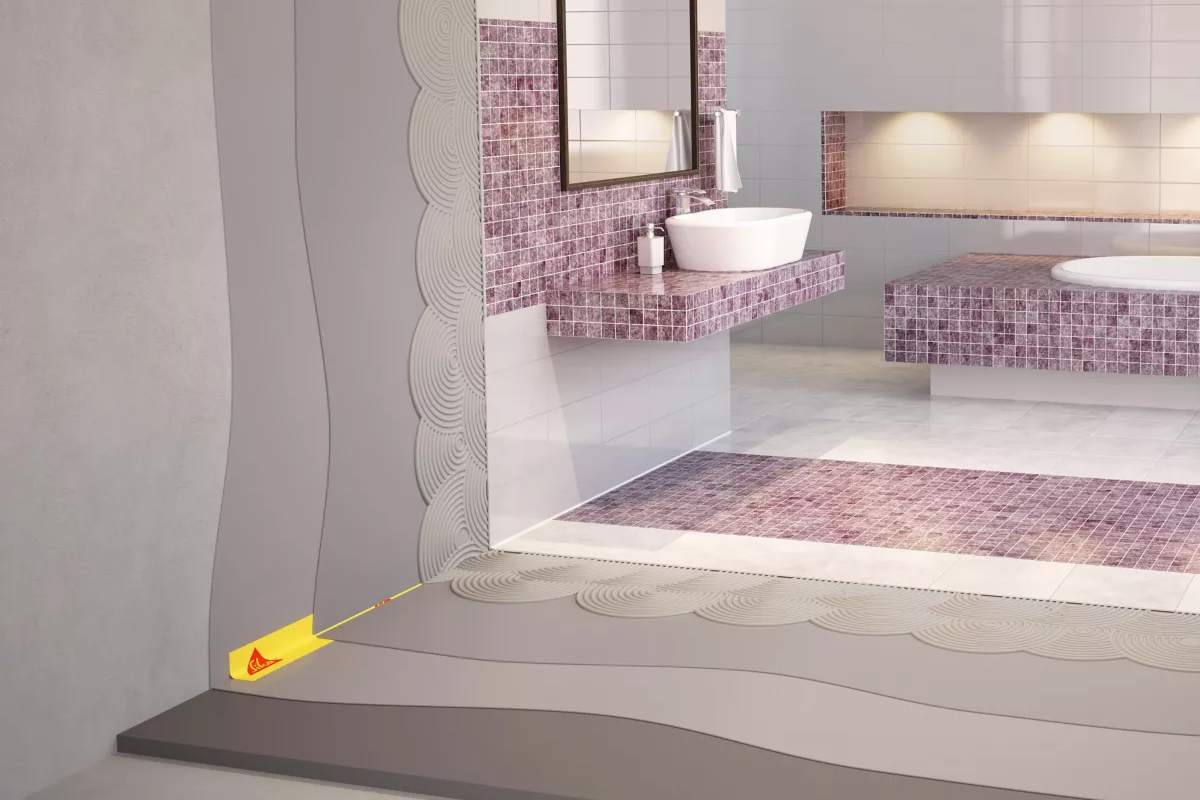
- Times of Dry and Cure
Pay attention to the dry time and cure time that is specified on the caulk container. While cure time refers to when the caulk will fully set and be prepared for use and exposure to water, dry time describes how long it takes for the caulk to feel dry to the touch.
Similar dry and cure times are experienced by siliconized latex/acrylic caulks and pure silicone, ranging from 30 minutes to 12 hours for drying and 2 hours to 10 days for curing.
If you are merely caulking the shower or tub in your home, use caulks with minimal dry and cure periods so that the tub won’t be out of service for days.
- Our Favorites
It might not be very clear to shop for the best caulk for a shower or bathtub because there is so much to learn about it. To assist, we tested each of the aforementioned items firsthand.
After using them, we decided which prizes best reflected their advantages. When searching for caulk for your shower area, keep in mind the aforementioned factors as well as our observations.
The White Alex Plus Caulk by DAP has a unique recipe that is strengthened with silicone for increased water resistance. This recipe aims to produce a product that is waterproof, paintable, and dries in 30 minutes.
In full candor, I think this caulk is fantastic. However, it’s more appropriate for the shower’s trim than it is for any seams or openings inside the shower itself. Having used this caulk firsthand, we are aware of its tendency to shrink slightly, which could leave a seam vulnerable to water infiltration.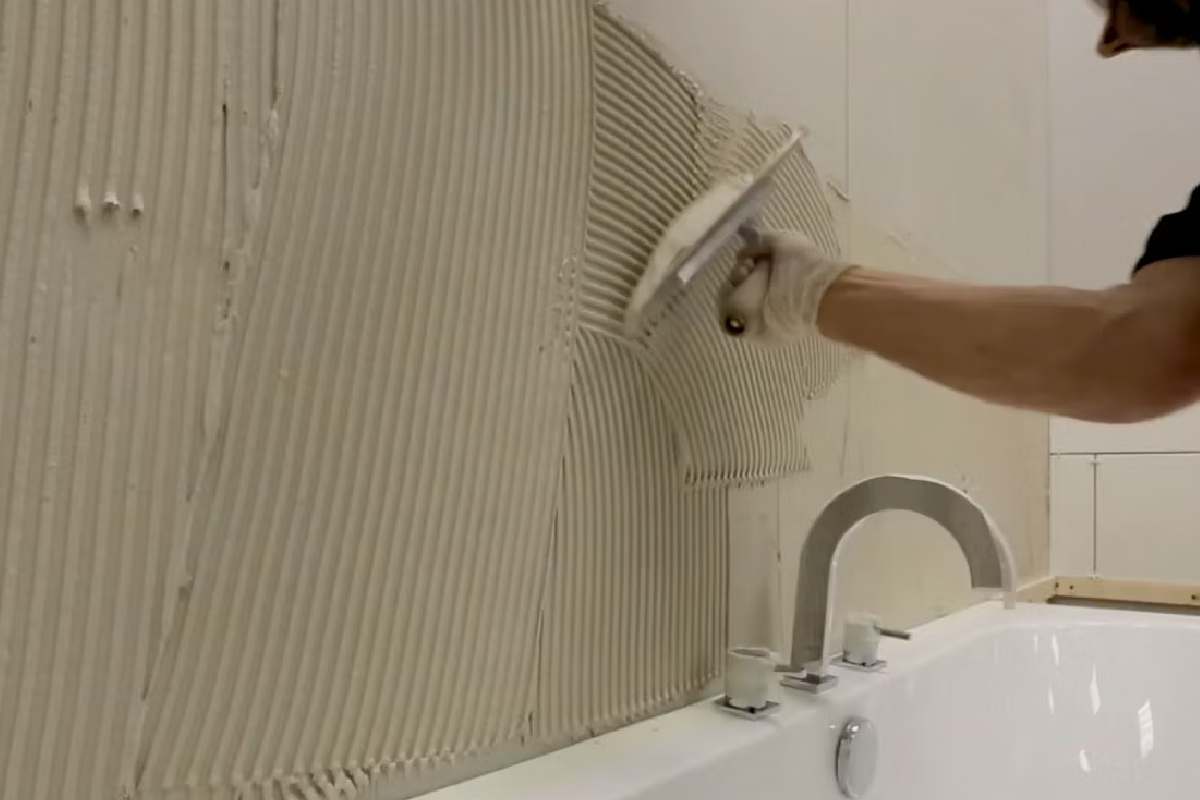
Even though we tested it and it performed well, we are aware that after fully cured, it will shrink slightly. This makes the shower a better place to avoid using it, but the remainder of the bathroom is acceptable to use it.
- Our Verdict
Thanks to its silicone composition and high quality, Gorilla Clear Caulk is a tough competitor for overall strength and see-through stealth. However, for quick fixes, please pick up a tube of GE Advanced Silicone Caulk due to its effectiveness and ease.
- How We Tested the Best Shower Caulk
We first planned to set up a number of fiberglass boxes and seal all the seams with various kinds of caulk, but we abandoned that plan in favor of installing a new shower. So we placed an order for a shower and started the installation process, caulking the enclosure to keep out moisture.
We caulked a seam inside the shower with each caulk (except for the bronze one), and we examined each seam at the appointed time to make sure it was dry. After letting the paintable caulk dry, we put them in the remnant shower we removed. We painted them when they had dried, and then we checked for flexibility.
We had a solid sense of whether products were successful or unsuccessful after those tests. We created our ranking of the top caulk for a shower using the results of those tests and our own firsthand experience.

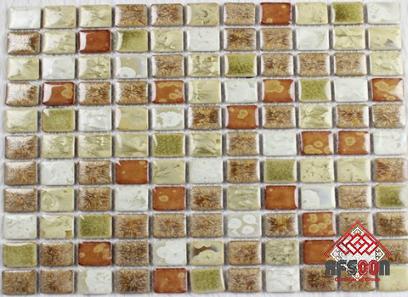

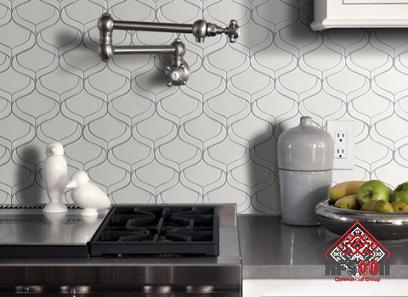
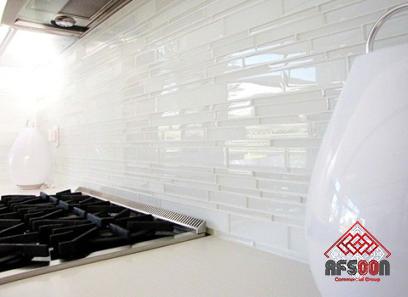
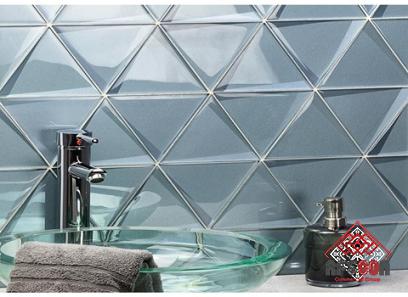
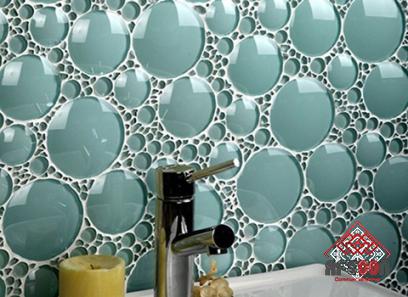

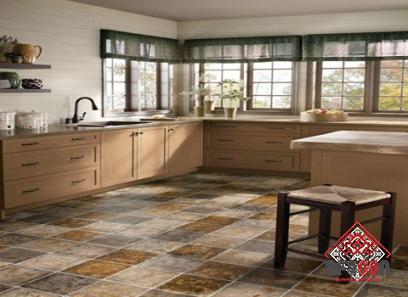
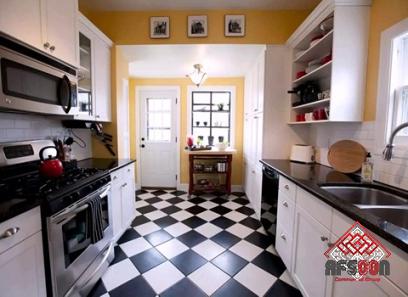
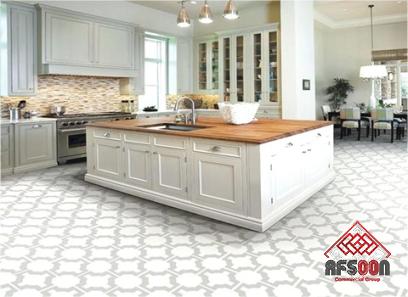
Your comment submitted.